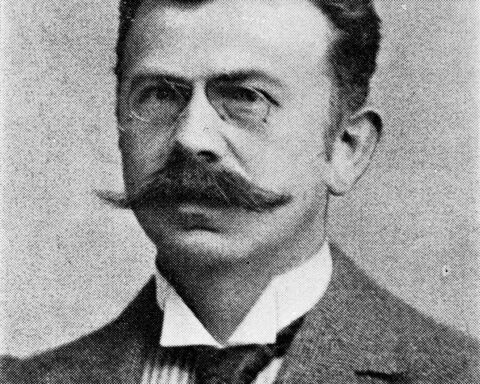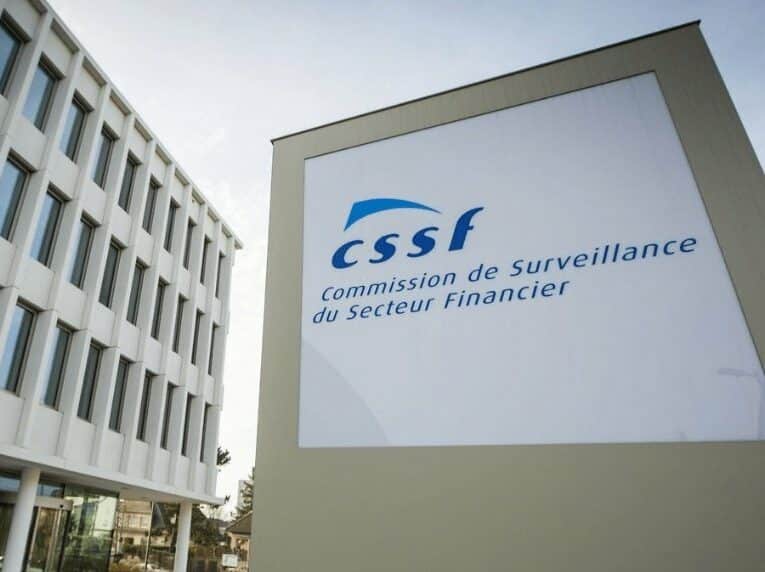Luxembourg’s Commission de Surveillance du Secteur Financier (CSSF) has evolved into the central authority overseeing the stability and transparency of the country’s financial sector.
Creation and Early Development
The CSSF was established on 23 December 1998 by law, succeeding the Commissariat aux Bourses and assuming the prudential supervision of financial sector entities. This creation coincided with the establishment of the Central Bank of Luxembourg, marking a significant reorganisation of the national financial framework. In its early years, the CSSF implemented European directives, supervised securities markets, and strengthened transparency obligations. Drawing on earlier supervisory structures dating back to the 1945 Commissioner for the Supervision of Banks, the CSSF integrated experience from decades of regulatory development, including Luxembourg’s early adoption of the UCITS I directive in 1988 and its position in the Basel Committee since 1974.
Expansion of Responsibilities
Through the 2000s, the CSSF’s role expanded in line with international standards. It applied the Basel II recommendations published in 2004, and the 2005 law on securities prospectuses enhanced its oversight of public offerings and market admissions. The global financial crisis of 2008 tested the CSSF’s authority, as it placed under judicial administration three subsidiaries of Icelandic banks — Glitnir, Kaupthing, and Landsbanki — and oversaw the full compensation of depositors within legal limits. This period also saw state intervention in Dexia and Fortis, where the CSSF monitored prudential stability. By 2008–2009, the institution was directly managing complex cross-border cases, including the Madoff fraud and the Lifemark fund, the latter in cooperation with the UK Financial Services Authority.
“The CSSF ensures the stability and transparency of Luxembourg’s financial sector.”
Modernisation and International Alignment
Since 2009, the CSSF has further aligned Luxembourg’s regulatory environment with global standards. The publication of Basel III recommendations in December 2009 set a new framework for capital and liquidity requirements, and a new law that month defined the audit profession’s legal status. The CSSF continues to act as the key liaison between Luxembourg’s financial sector and European supervisory bodies, ensuring compliance with evolving EU directives and international risk management standards. Its remit today covers banks, investment funds, payment institutions, and securities markets, reflecting its transformation from a national supervisory body into an authority with a strong European and global dimension.



















